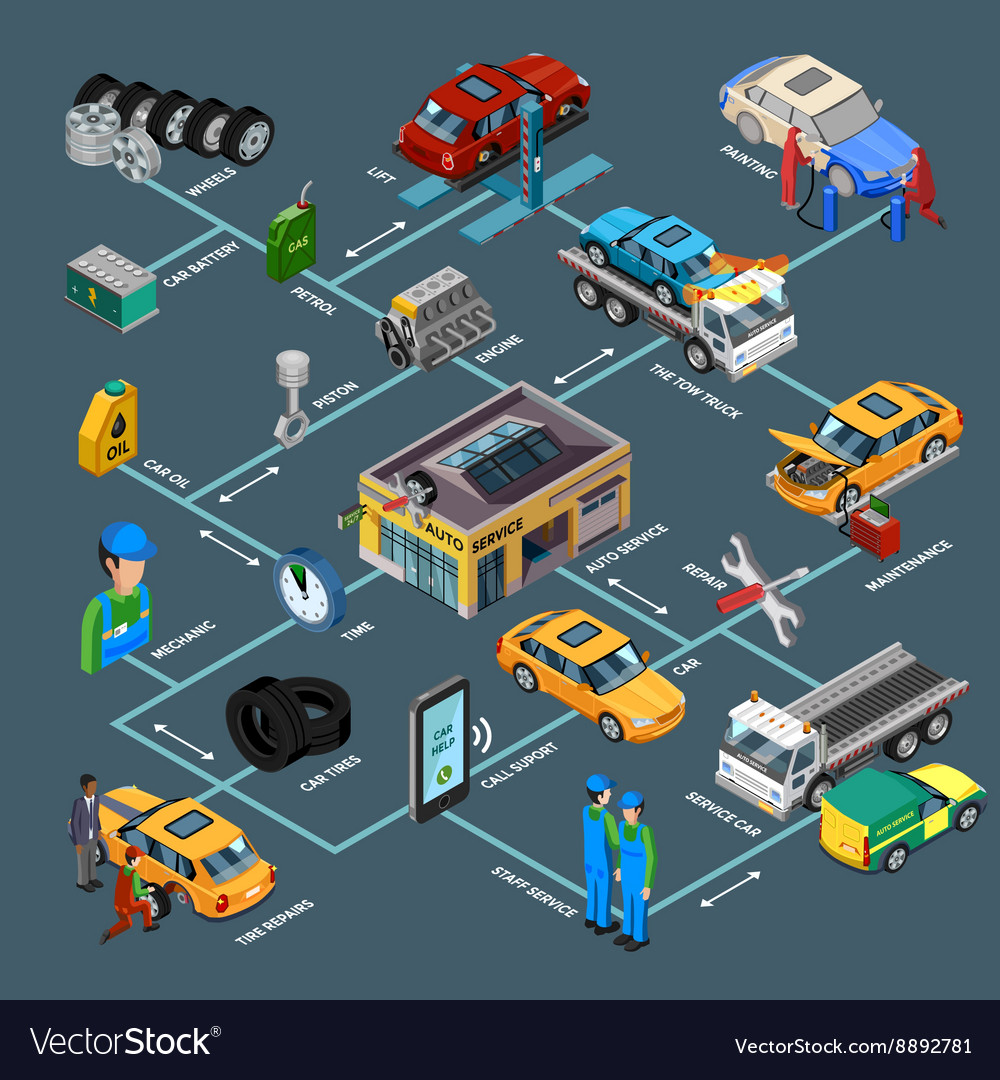Exploring The Genuine Interpretation Of Your Vehicle'S Caution Lights
Exploring The Genuine Interpretation Of Your Vehicle'S Caution Lights
Blog Article
Uploaded By- summer car care
When you're behind the wheel, those radiant caution lights on your dashboard can be a little bit perplexing. Do you recognize what they're trying to tell you concerning your vehicle's health and wellness? Recognizing the value of these lights is vital for your security and the durability of your vehicle. So, the next time one of those lights pops up, wouldn't you wish to decipher its message precisely and take the essential actions to address it?
Common Caution Lighting and Interpretations
Recognize typical warning lights in your cars and truck and comprehend their meanings to guarantee safe driving.
The most common caution lights consist of the check engine light, which signals concerns with the engine or emissions system. If this light comes on, it's important to have your car checked immediately.
The oil stress cautioning light indicates reduced oil pressure, calling for prompt interest to avoid engine damage.
A blinking battery light could recommend a faulty charging system, potentially leaving you stranded otherwise attended to.
The tire pressure surveillance system (TPMS) light notifies you to reduced tire stress, affecting car stability and fuel efficiency. Overlooking this could result in dangerous driving problems.
The abdominal muscle light indicates a problem with the anti-lock stopping system, compromising your capability to stop swiftly in emergency situations.
Last but not least, the coolant temperature alerting light warns of engine getting too hot, which can cause serious damages otherwise fixed quickly.
Comprehending these usual caution lights will certainly aid you deal with concerns without delay and maintain secure driving conditions.
Value of Prompt Interest
Comprehending the usual warning lights in your cars and truck is just the primary step; the importance of without delay attending to these warnings can't be highlighted enough to ensure your safety and security on the road.
When a caution light brightens on your dashboard, it's your cars and truck's way of connecting a prospective issue that needs interest. Ignoring these cautions can bring about a lot more serious issues down the road, compromising your security and potentially costing you much more out of commission.
Motivate attention to cautioning lights can avoid failures and crashes. For instance, a flashing check engine light could suggest a misfire that, if left unattended, can cause damages to the catalytic converter. Resolving this without delay can conserve you from a costly fixing.
Likewise, a brake system cautioning light might indicate reduced brake fluid or used brake pads, essential parts for your safety when driving.
Do It Yourself Troubleshooting Tips
If you notice a caution light on your dashboard, there are a couple of DIY troubleshooting ideas you can try before seeking professional help.
The initial step is to consult your auto's manual to understand what the details warning light shows. Sometimes the issue can be as straightforward as a loosened gas cap activating the check engine light. Tightening car heat and ac repair might resolve the problem.
Another usual concern is a low battery, which can activate various alerting lights. Checking https://brake-places-near-me84061.eedblog.com/31174779/prepare-yourself-to-introduce-the-fact-behind-automobile-repair-with-amazing-discoveries for rust and guaranteeing they're protected might repair the trouble.
If a warning light lingers, you can try resetting it by disconnecting the cars and truck's battery for a few mins and after that reconnecting it. In addition, inspecting your car's liquid degrees, such as oil, coolant, and brake liquid, can aid troubleshoot cautioning lights associated with these systems.
Verdict
In conclusion, comprehending your vehicle's caution lights is essential for maintaining your vehicle running smoothly and safely. By immediately attending to these notifies and knowing what they mean, you can stay clear of expensive fixings and possible breakdowns.
Remember to consult your auto's handbook for certain information on each alerting light and act appropriately to ensure a trouble-free driving experience.
Remain notified, remain risk-free when traveling!
